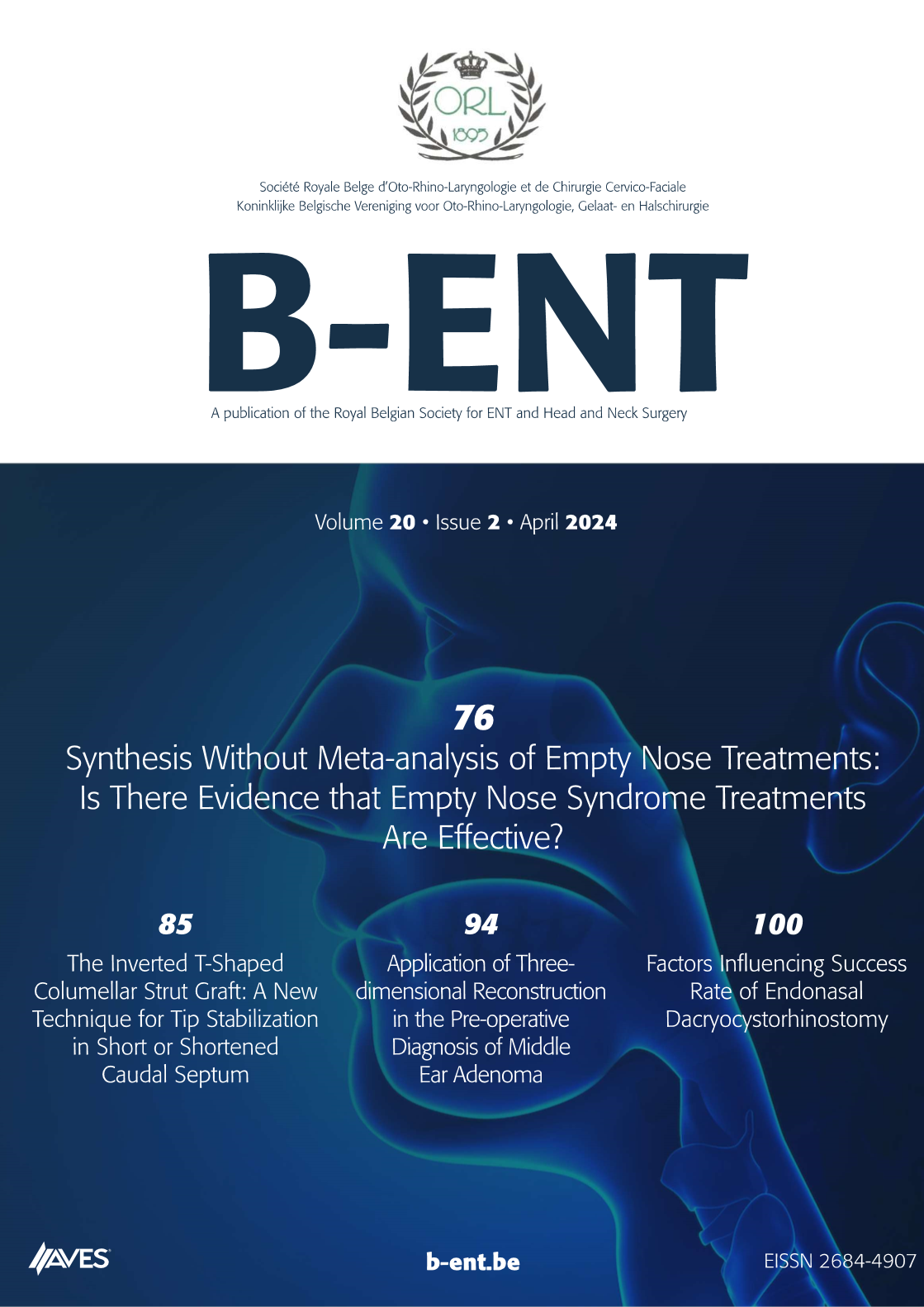Vestibular-evoked myogenic potentials and caloric tests in infants with congenital rubella. Objective: Congenital rubella is rare due to maternal vaccination, but vestibular function can be markedly impaired in affected infants. Currently, vestibular testing is not routinely performed in infants. This study evaluated inner ear function in infants with congenital rubella.
Methodology: The study included 54 3-month-old infants: 40 healthy controls and 14 with congenital rubella that was serologically confirmed in mothers and infants. There were two subgroups of infants with congenital rubella: 6 infants with clinical symptoms of intrauterine rubella infection present at birth and 8 asymptomatic infants. Caloric testing and vestibular-evoked myogenic potential (VEMP) testing were performed on all of the infants.
Results: In congenital rubella there was no reaction to caloric stimulation in 43% of the ears, and no VEMPs were recorded in 64%. The hearing thresholds were below 80 dB hearing level in 21% of the ears and greater than 80 dB hearing level in 43% of the ears.
Conclusions: The degree of vestibular organ impairment in infants with congenital rubella is higher in individuals with profound hearing loss. VEMPs were absent more frequently than were caloric responses. Vestibular testing should be routinely performed in all infants with congenital rubella.



.png)
